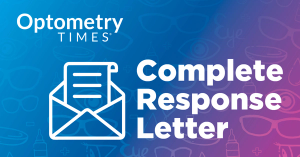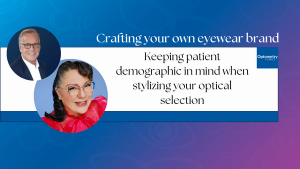Advertisement
Advertisement
Trending on Optometry Times - Clinical News & Expert Optometrist Insights
1
The future of optometry: Dr Katie Rachon spreads the advocacy love
2
The microbiome in diabetes and DR
3
Treatment Selection in Dry Eye Disease
4
Crafting your own eyewear brand: Keeping patient demographic in mind when stylizing your optical selection
5






.png)


